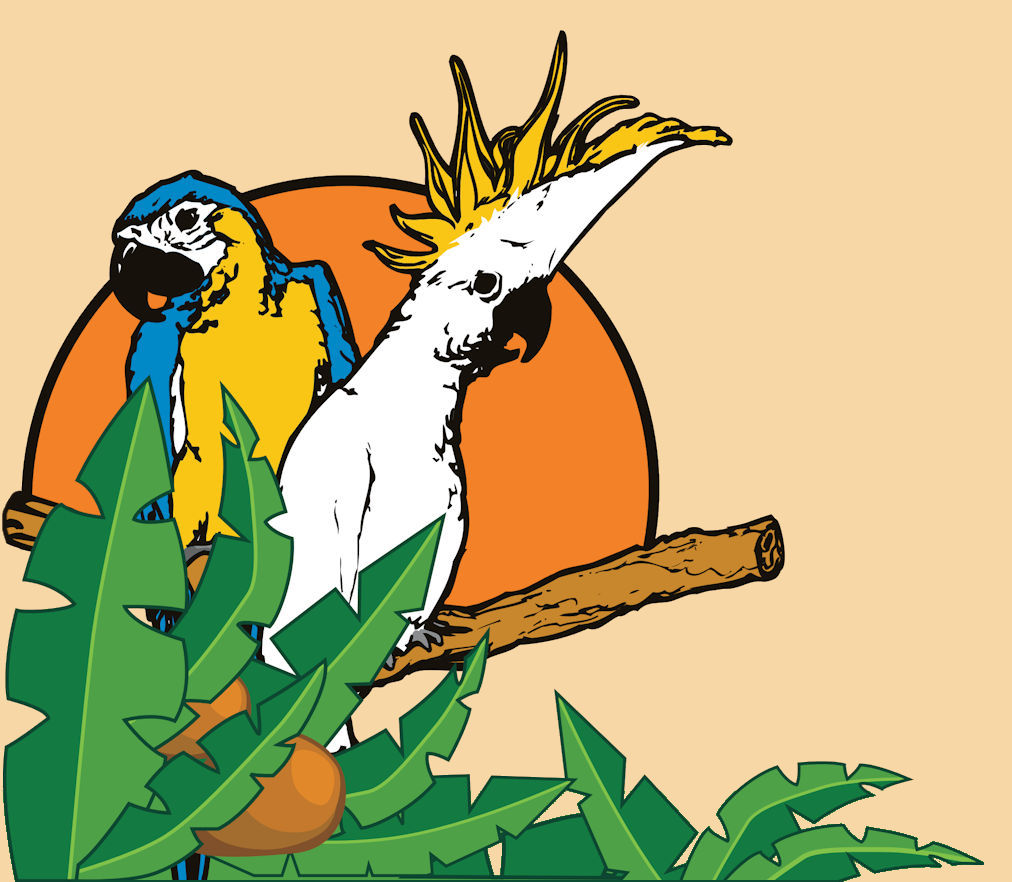The lovebird varieties most people are familiar with are the Peach-faced Lovebirds, Fischer’s Lovebirds, and the Masked Lovebirds, although there are about six other varieties not commonly seen or kept as pets. Lovebirds are a small, colorful parrot, about 5-6 inches long, and are native to Africa and Madagascar. Many owners enjoy them for their curious, cuddly, and bold personalities. Although not known for their strong talking ability, with practice they are able to learn tricks, whistle, give kisses, and more.
One misconception is that lovebirds need to be kept in pairs. A single lovebird with a spacious cage, toys, and daily handling can be easier to work with and happy with its human partner. On the other-hand, an untamed lovebird that does not come out of its cage would benefit from another lovebird companion if they get along.
There are now many beautiful color mutations of lovebirds available, from yellow to blues, greens, and purple. An average lifespan can be 15-20 years with proper hygiene, diet, and exercise.
